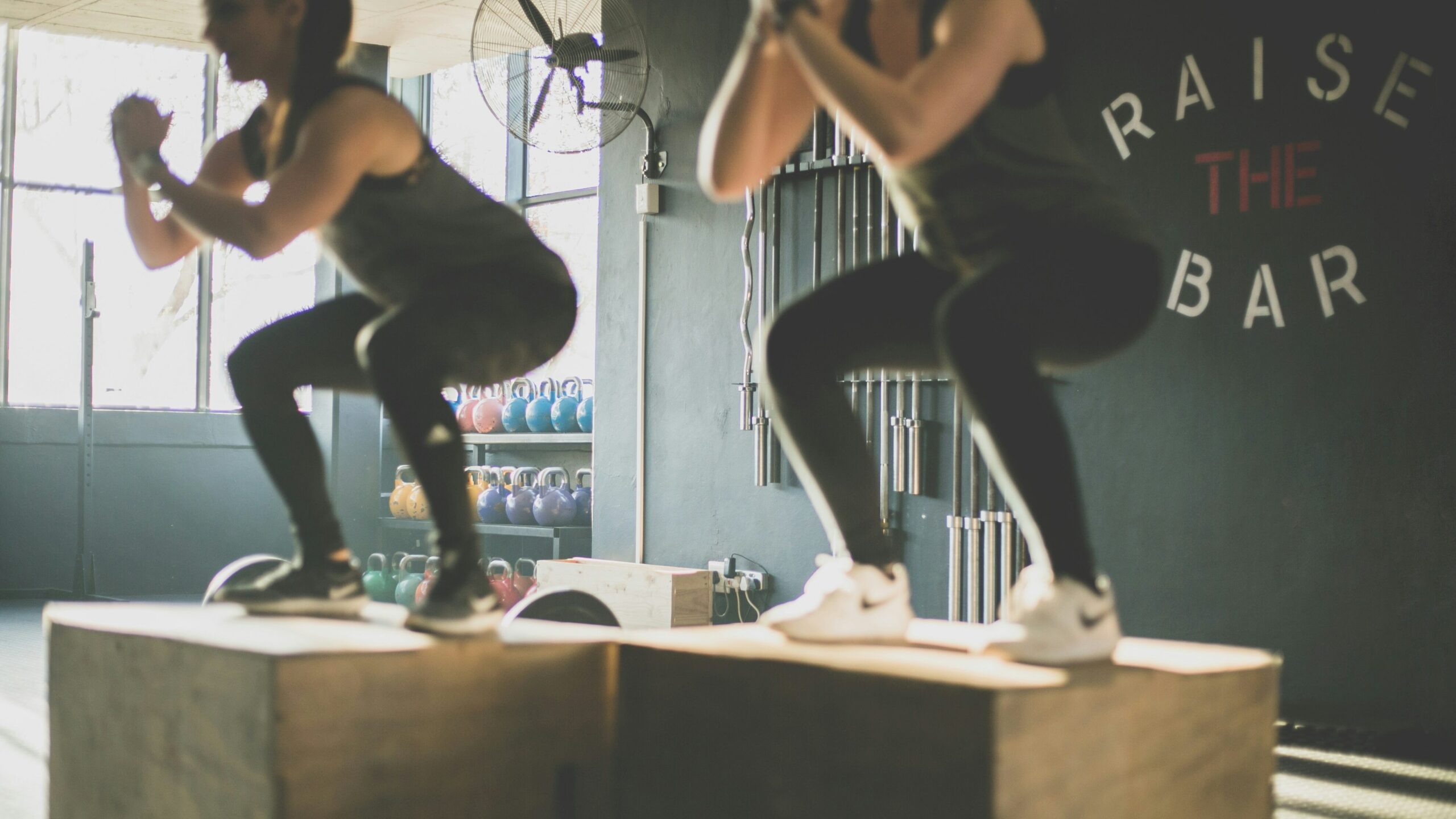The Best Cleaning Practices for Gym Equipment to Keep Your Members Safe
October 13, 2024
The Best Cleaning Practices for Gym Equipment to Keep Your Members Safe
Gym equipment is used by many people throughout the day, which makes it a prime location for the spread of germs, bacteria, and viruses. With shared surfaces and high-touch points, it’s essential for gym owners to maintain a clean environment to ensure the health and safety of their members. Effective cleaning practices can prevent the spread of infections and create a safe, welcoming environment for everyone.
In this post, we’ll explore the best cleaning practices for gym equipment to keep your members safe and your facility in top shape.

1. Develop a Daily Cleaning Routine for High-Touch Equipment
Gym equipment, such as dumbbells, kettlebells, weight machines, and cardio equipment, are handled frequently and by multiple users throughout the day. Germs can accumulate quickly on these surfaces, making regular cleaning a top priority. Establishing a daily cleaning routine that targets high-touch areas is essential for maintaining cleanliness and reducing the risk of illness.
Best practice:
Clean all high-touch equipment with disinfectant wipes or a cleaning solution approved by the Environmental Protection Agency (EPA) for effectiveness against viruses and bacteria. Focus on areas like handles, buttons, and seats, where members are most likely to come into contact. This routine should be performed multiple times a day, especially during peak hours.
2. Provide Cleaning Supplies for Members
While professional cleaning staff should be responsible for the overall cleanliness of the gym, it’s helpful to encourage members to participate in keeping the equipment clean. Providing disinfectant wipes, spray bottles, and clean towels around the gym allows members to wipe down machines and equipment before and after use.
Best practice:
Place sanitizing stations with clear signage throughout the gym, encouraging members to clean equipment after each use. This small action can greatly reduce the spread of germs between users, especially during flu season or periods of high gym traffic.
3. Schedule Regular Deep Cleaning
While daily cleaning is essential for maintaining cleanliness, gym equipment should also undergo deep cleaning regularly. This involves thoroughly sanitizing and disinfecting all surfaces, paying special attention to areas that might not receive daily cleaning, such as the underside of benches, the seams of machines, and less frequently used equipment.
Best practice:
Partner with a professional cleaning service to perform a deep cleaning of your gym at least once a week, depending on the size of your facility and the number of daily users. Professional cleaning teams have access to advanced cleaning tools and disinfectants that ensure your gym is sanitized beyond surface level.
4. Clean Cardio Equipment Displays and Consoles
Cardio equipment, such as treadmills, stationary bikes, and ellipticals, typically have electronic consoles and touchscreens that members use to control their workout settings. These surfaces are some of the most frequently touched areas in the gym and can harbor germs if not cleaned regularly.
Best practice:
Use disinfectant wipes specifically designed for electronics to clean screens, buttons, and control panels. Be sure to clean these areas after every use to prevent the spread of germs between members. Always avoid using cleaning products that contain alcohol or ammonia on electronic screens, as these can cause damage.
5. Pay Attention to Fabric and Upholstered Equipment
Gym equipment often includes padded benches, seats, and other fabric surfaces that can absorb sweat and germs. Unlike metal or plastic surfaces, these materials require more attention to ensure they are properly sanitized.
Best practice:
Use a fabric-safe disinfectant to clean upholstered surfaces. Many gyms use spray disinfectants that are safe for use on fabric and vinyl to kill germs without damaging the material. Be sure to allow surfaces to dry completely after cleaning before allowing members to use the equipment again.
6. Don’t Forget Free Weights and Small Equipment
Free weights, resistance bands, yoga mats, and other small equipment are frequently handled but often overlooked during cleaning routines. These items are just as important to clean as larger machines because of the constant contact they receive.
Best practice:
Wipe down free weights, mats, and small equipment after each use, using a disinfectant wipe or spray. Encourage members to clean these items after using them by placing sanitizing wipes nearby. For items like yoga mats that absorb sweat, consider providing disinfecting sprays and towels so members can wipe them down thoroughly.
7. Maintain Clean Air Circulation
Keeping gym equipment clean also involves maintaining good air quality within your facility. Poor air circulation can contribute to the spread of airborne germs, dust, and allergens, all of which can settle on equipment and surfaces.
Best practice:
Ensure that your HVAC system is regularly cleaned and that air filters are replaced frequently. Consider using air purifiers in busy areas to improve air quality. A clean, well-ventilated gym not only keeps members comfortable but also reduces the likelihood of germs accumulating on equipment.
Maintaining a clean and safe gym environment is a crucial part of ensuring the health and well-being of your members. By implementing these best cleaning practices, you can minimize the spread of germs, protect your members, and uphold your gym’s reputation for cleanliness and professionalism.
Regular cleaning, coupled with member participation and professional deep cleaning services, is the key to keeping gym equipment in top condition. For gym owners in Philadelphia, partnering with a reliable cleaning company can make all the difference in maintaining a hygienic and safe workout environment.